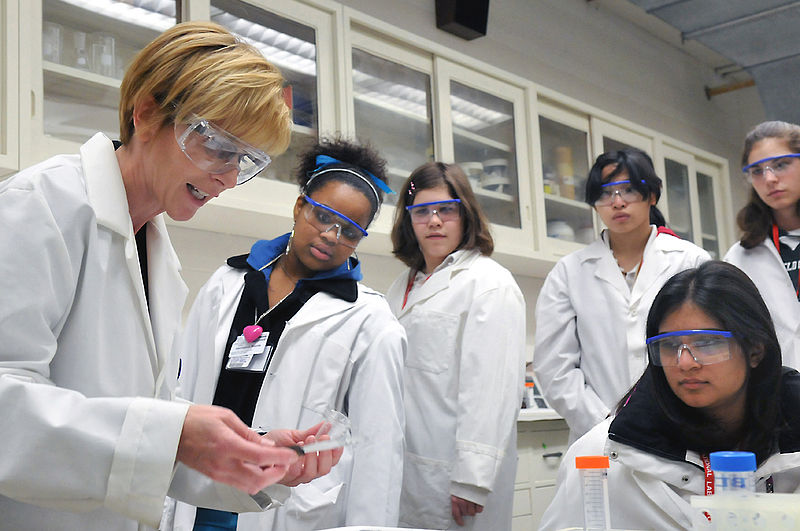While the holiday season approaches, educational toys are in high demand. Some of the most innovative new toys are produced by startups. For many of these toys, they began with an entrepreneur who saw a need to integrate play and learning.
According to the most recent statistics, the United States toy market is worth $21.18 billion. In 2015, the industry surpassed growth expectations, which is especially impressive when compared to the overall retail industry, which grew 0.7 percent less than expected. The toy industry’s prosperity is drawing in entrepreneurs who are enticed by potential for high earnings. Although there are many start-up-developed toys on the market, here are some that have received waves of public support.
Robot Turtles
In 2013, father Dan Shapiro decided to teach his four-year-old twins how to program. Improvising, he created a game using printed pictures from his computer, which led to the creation of Robot Turtles, a board game designed to teach preschoolers how to program. After noticing how much his children enjoyed the game, Shapiro took time away from his job at Google to develop the game full-time.
Robot Turtles utilizes kid-friendly challenges and elements that teach the fundamentals of computer programming while kids play. Children do not even need to be able to read.
After the idea was ready, Shapiro took the idea to Kickstarter, an online community that funds creative ideas. The site connects creators to backers who can provide funds to get a project off the ground. With Robot Turtles, Shapiro set a funding goal of $25,000 so that he could produce his first set of games. Support was incredibly strong, meeting this goal 5 hours after being released. In the funding period of 24 days in September 2013, Robot Turtles managed to draw in 13,765 backers. The most-backed board game in Kickstarter history, Robot Turtles raised a whopping $631,260 in that short period.
By August 2014, Robot Turtles was in every Target store in America. Now, Robot Turtles continues to thrive. An interactive eBook, coloring sheets, and other add-ons were developed to supplement the game.
Roominate
When Alice Brooks and Bettina Chen began their master’s program in engineering at Stanford University, they were two of the few women within their program.
In response to this gender gap, Chen and Brooks partnered up to create Roominate, a building toy designed for girls. Roominate sets include many modular and mechanical pieces that allow girls to explore their interests in design and engineering through play.
Roominate began on Kickstarter in 2012, raising $85,964. The project page highlighted their goal with bold lettering, “We believe that early exposure to STEM through toys will inspire change.”
Later, the product was also featured on Shark Tank, an ABC show where inventors pitch their ideas to successful investors in order to get funding, in September 2014. In the episode, investors Mark Cuban and Lori Greiner decided to partner with the organization.
After a few years with successful growth, Chen and Brooks took back to KickStarter in 2015 to fund development of a new product line for Roominate, “rPower,” featuring new modular wire pieces. This addition makes building and using the circuits easier for children. The Kickstarter campaign was extremely successful, raising over $50,000.
Roominate has grown quickly and is now found in over 5,000 retail locations around the world.
PopUp Play

Home to PopUp Play, Austin is growing as a start-up hub in the United States.Not surprisingly, innovative Educational Toy start-ups can also be found in Texas. In Austin, married couple Bryan Thomas and Amelia Cosgrove have found a niche in harnessing children’s creativity.
PopUp play utilizes an iPad app to let children design the play fort of their dreams. The company then produces an assemblable fort out of corrugated fiberboard and delivers it in as little as a week. There are also plans to expand the iPad app so it can be used to supplement the play experience once the fort has been assembled. For example, the company is looking to develop a Submarine fort template along with a virtual periscope on the app to search the imaginary seas.
Like Robot Turtles and Roominate, PopUp Play found its start on Kickstarter. During a 32-day period beginning in May 2015, 135 backers provided $25,676 to help make PopUp Play a reality.
But that was just getting started. The team then began working with Capital Factory, a collaborative workspace and Accelerator Austin, Texas. They later also found allies in Techstars, an Austin Accelerator where they participated in a three-month mentorship program.
Since then, they have received waves of recognition, including being named one of the top 50 Best New Apps for Kids by Apple in 2015 and an American Airlines Innovator in June 2016. The company also won the top prize in its category in the South by Southwest Accelerator Competition in March 2016. This demonstrates that there is large potential for success. PopUp Play is also supported by high-profile investors, including Capital Factory, Silverton Partners, Floodgate, and Techstars.
Supporting Startups for the Holidays
Entrepreneurs tend to be passionate about their products and creative in how they make them a reality. Parents who are hoping to find fun, educational toys for their children can look to startups to find some of the most creative, innovative products on the market.




 vement, behind the United States.
vement, behind the United States.